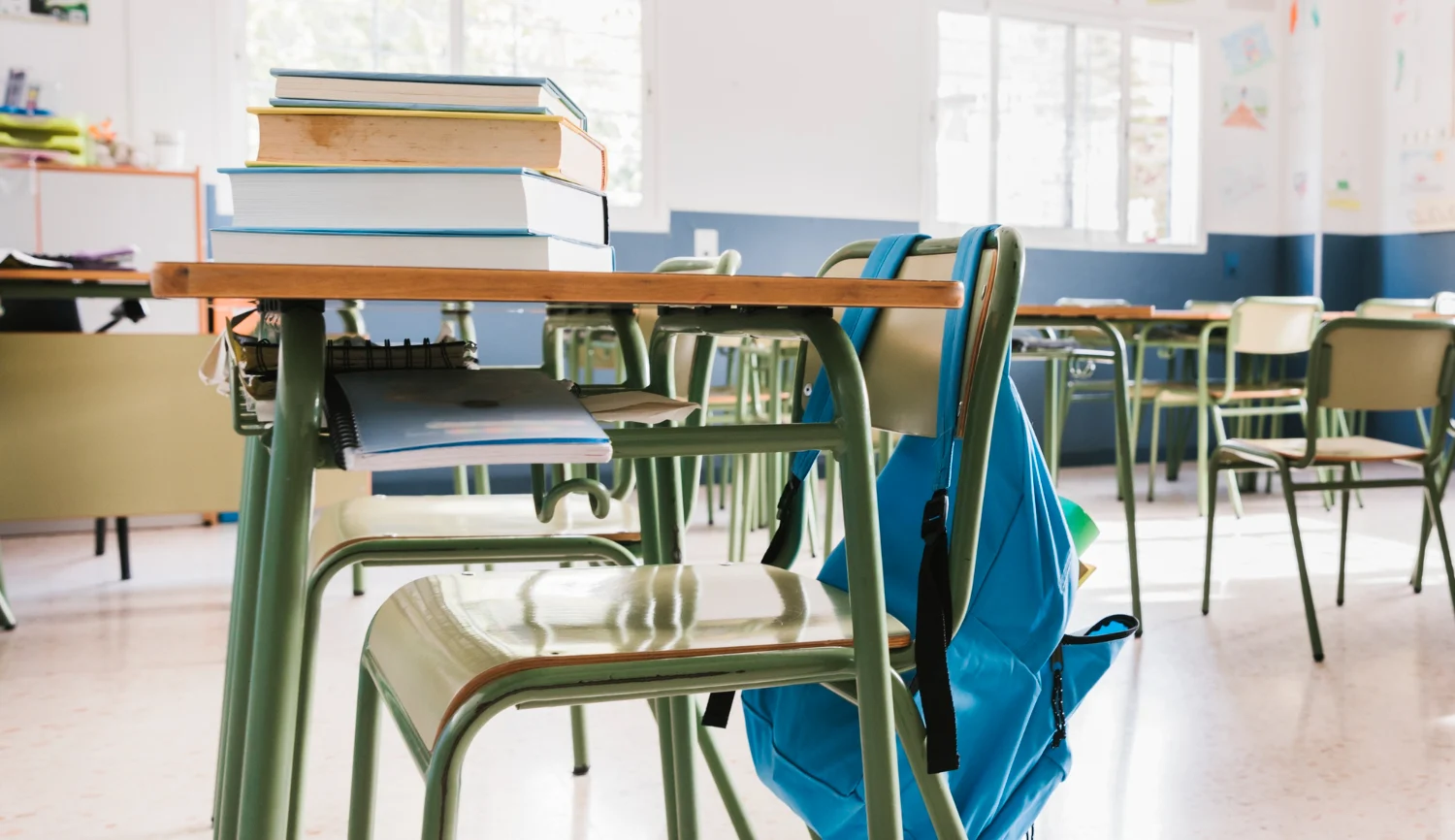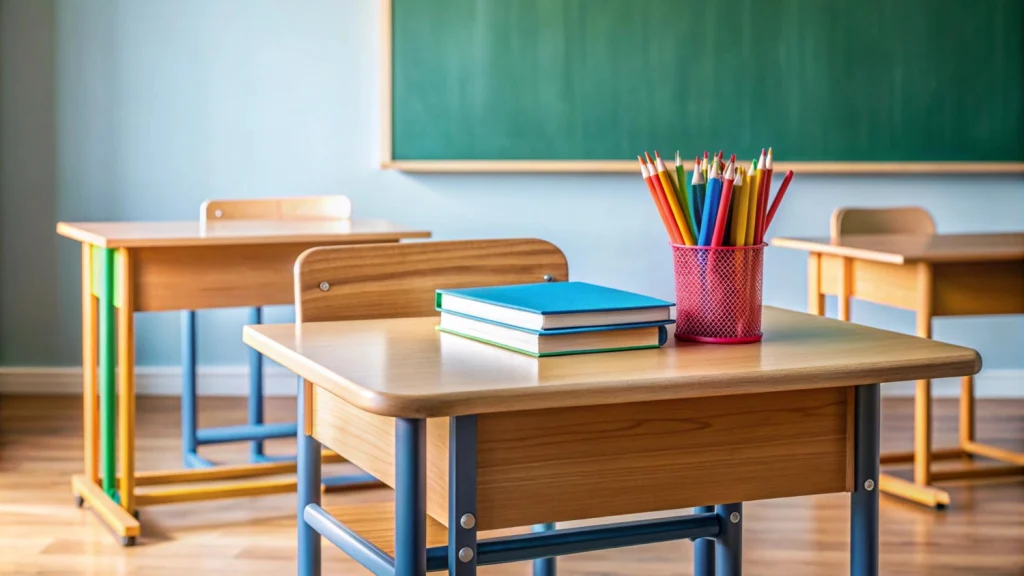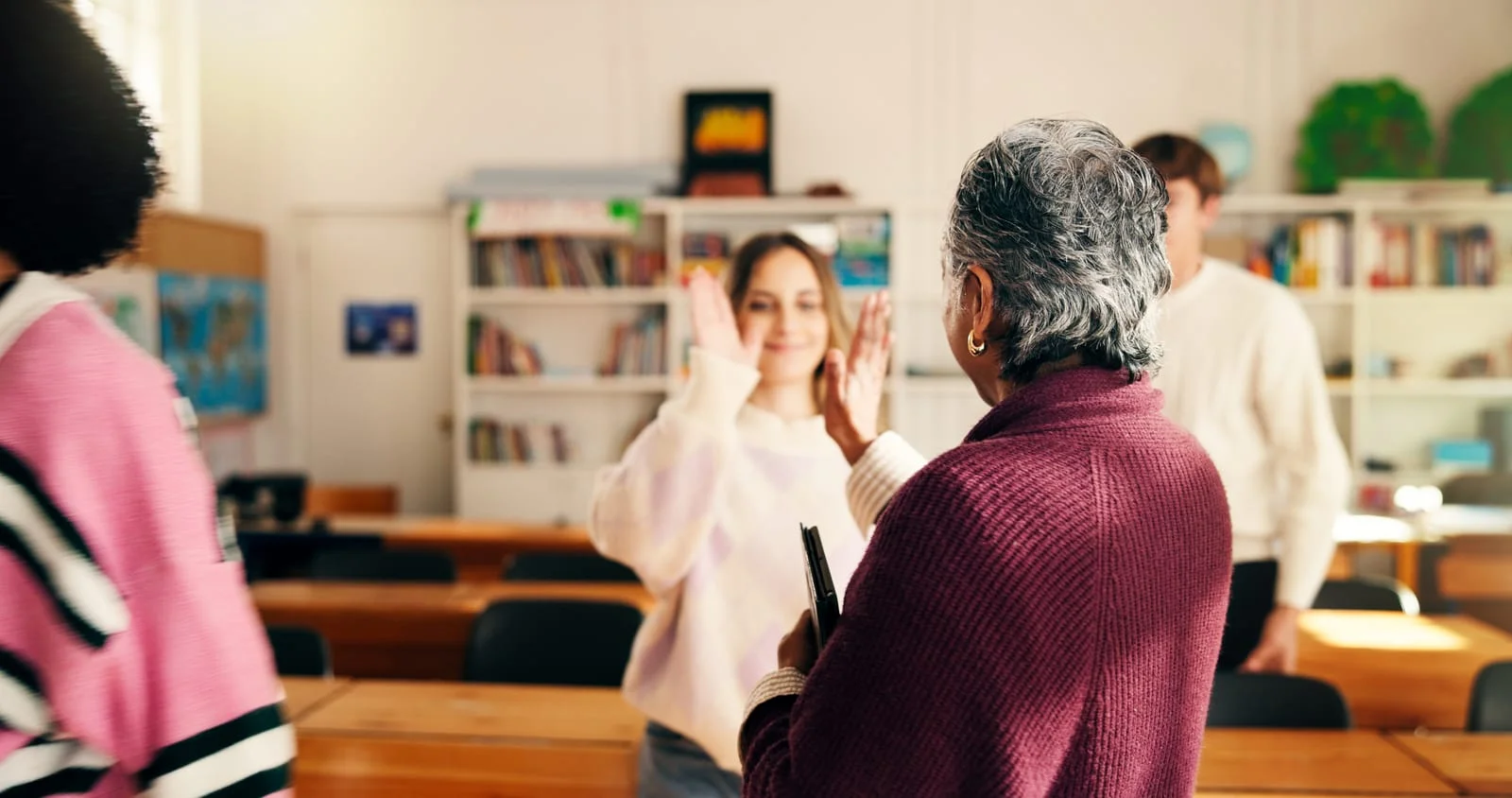Selecting the right learning materials stands as one of the most significant decisions educators make in shaping student success. The resources teachers choose directly influence how students engage with content, develop understanding, and retain knowledge. In Abu Dhabi’s unique educational environment, where classrooms often include students from diverse cultural backgrounds and language abilities, choosing appropriate materials becomes even more important.
Abu Dhabi’s education system serves a remarkably diverse student population. Classrooms bring together children from Emirati families, expatriate communities representing dozens of nationalities, and students with varying levels of English or Arabic proficiency.
A learning materials definition that applies globally describes them as any resources teachers use to facilitate instruction and student learning—from textbooks and worksheets to digital applications and physical manipulatives. However, the selection criteria must account for the specific needs of students in this region.
Types of Learning Materials for Classrooms
Traditional Learning Materials
Traditional resources continue to play a valuable role in Abu Dhabi classrooms. Textbooks provide structured content that follows curriculum progression, while workbooks offer practice opportunities students can complete at their own pace. Physical books support reading development in ways screens cannot fully replicate, helping build foundational skills without technological distractions.
Digital Learning Materials
Abu Dhabi schools increasingly incorporate technology into instruction. Educational apps, online platforms, interactive whiteboards, and digital textbooks offer advantages traditional materials cannot match. They adapt to individual student levels, provide immediate feedback, and present information through multimedia that engages different learning styles.
Manipulatives and Hands-On Learning Tools
Physical objects students can touch and manipulate support concrete understanding of abstract concepts. Math manipulatives help students visualize numerical relationships, while science materials for experiments allow direct observation of principles. These hands-on tools prove particularly valuable for kids learning materials in elementary grades where tactile experiences strengthen comprehension.
Inclusive Learning Materials
Abu Dhabi classrooms serve students with varying abilities and learning needs. Inclusive materials ensure all students can access content regardless of individual challenges. This includes resources with visual supports for students developing language skills, materials in multiple formats, and options that accommodate different learning paces.

Factors to Consider When Choosing Learning Materials
Curriculum Alignment
Any materials selected must align closely with your specific curriculum, whether UAE Ministry of Education, British, American, IB, or another framework. Materials should cover required content at appropriate depth and support the learning objectives the curriculum specifies.
Student Age and Development Level
What works for kindergarten differs dramatically from grade five. Children learning materials must match where students are developmentally, not just their grade level. Consider attention span, reading level, prior knowledge, and cognitive development when evaluating whether materials suit your students.
Cultural and Linguistic Relevance
This factor carries particular weight in Abu Dhabi’s multicultural environment. Learning materials should include examples and contexts that reflect students’ diverse backgrounds while also introducing them to Emirati culture. For students still developing English or Arabic proficiency, materials with visual supports or simplified language options make content accessible while language skills continue developing.
Engagement and Interactivity
Students learn better when actively engaged rather than passively receiving information. Look for learning materials that prompt student interaction through questions, problems to solve, or experiments to conduct. Materials that only present information for memorization rarely produce deep understanding.
How to Select the Best Kids Learning Materials for Different Subjects
For Language and Literacy
Language learning requires extensive exposure to rich texts at appropriate levels. Students need access to diverse books spanning fiction and nonfiction, different cultures, and various difficulty levels. Phonics materials help early readers develop decoding skills, while vocabulary resources support expanding word knowledge. For students learning English or Arabic as additional languages, materials with scaffolding supports help them participate alongside native speakers.
For Math and STEM
Mathematics learning materials need to balance procedural practice with conceptual development. Manipulatives help students understand operations before memorizing procedures. Science materials must include both information resources and supplies for hands-on investigation. Students learn scientific concepts most effectively by doing science, not just reading about it.
For Arts and Creative Subjects
Art, music, and creative subjects require materials that provide basic techniques and inspiration while allowing space for individual expression. Better resources introduce skills, showcase examples, and then let students apply techniques in their own ways. Quality supplies matter significantly—cheap materials that don’t work properly frustrate students and discourage interest.
For Social Studies and Humanities
Social studies learning materials must present multiple perspectives on historical events and current issues. In Abu Dhabi’s international environment, materials presenting only one national perspective miss opportunities to develop global understanding. Primary sources, when age-appropriate, help students understand that history involves interpreting evidence.

Evaluating the Effectiveness of Learning Materials
Continuous Assessment of Material Effectiveness
Selecting materials isn’t a one-time decision but an ongoing evaluation process. Teachers should regularly assess whether materials achieve intended outcomes. Are students engaged during lessons using these materials? Do assessment results show students are learning intended concepts? Are all students able to access and benefit from the resources?
Student feedback provides valuable insights. Even young students can indicate which materials help them learn and which they find confusing or boring.
Adapting and Updating Materials
Even excellent materials may need supplementation to fully meet your students’ needs. Teachers might add visual supports to text-heavy resources or create simplified versions for struggling students.
Key indicators that materials need updating or replacement include:
- Students consistently struggling with materials despite adequate instruction
- Engagement dropping significantly when particular resources are used
- Content becoming outdated or no longer aligning with current curriculum
- Materials not reflecting the diversity of your current student population
- Better alternatives becoming available that address limitations in existing resources
Regular review cycles help ensure your classroom maintains high-quality, current learning materials. Many schools review materials annually or biannually, soliciting teacher input about what works well and what needs improvement.
Additional considerations when evaluating effectiveness:
- Assessment data showing whether students master concepts taught through specific materials
- Teacher observations about time spent supplementing or adapting purchased resources
- Feedback from parents about homework materials and take-home resources
- Comparison of student outcomes between classes using different materials
- Alignment with emerging research about effective instructional practices
Budgetary considerations often factor into updating decisions, but keeping outdated or ineffective materials wastes money too. Students miss learning opportunities, teachers spend extra time compensating for poor materials, and academic outcomes suffer. Strategic investment in quality learning materials pays dividends through improved student achievement.
Conclusion
Choosing the right learning materials for Abu Dhabi classrooms requires careful consideration of multiple factors, from curriculum alignment and developmental appropriateness to cultural relevance and engagement potential. The diverse student population in Abu Dhabi makes material selection both more challenging and more important than in more homogeneous educational environments.
Quality learning materials support student success by making content accessible, engaging students actively in learning, and providing practice opportunities that build mastery. They help teachers deliver effective instruction efficiently rather than spending time creating everything from scratch. Most importantly, well-chosen materials ensure all students, regardless of their background or learning needs, can access education that prepares them for future success.


